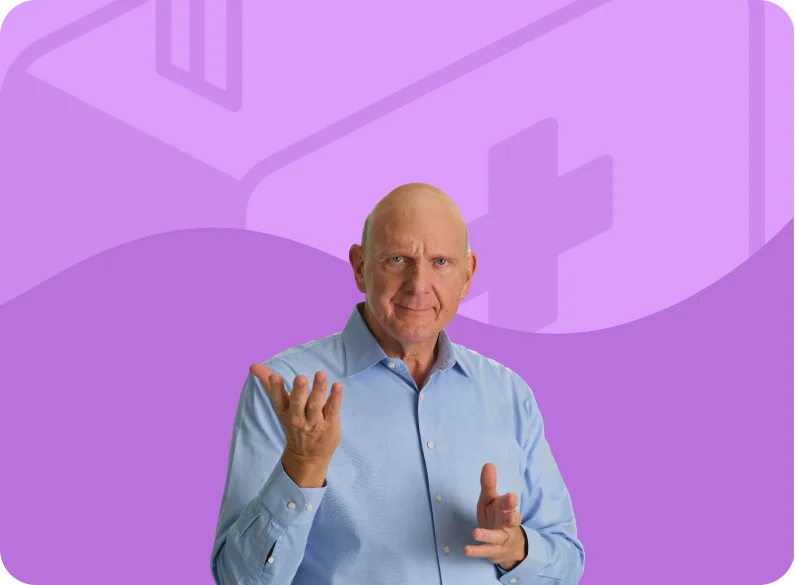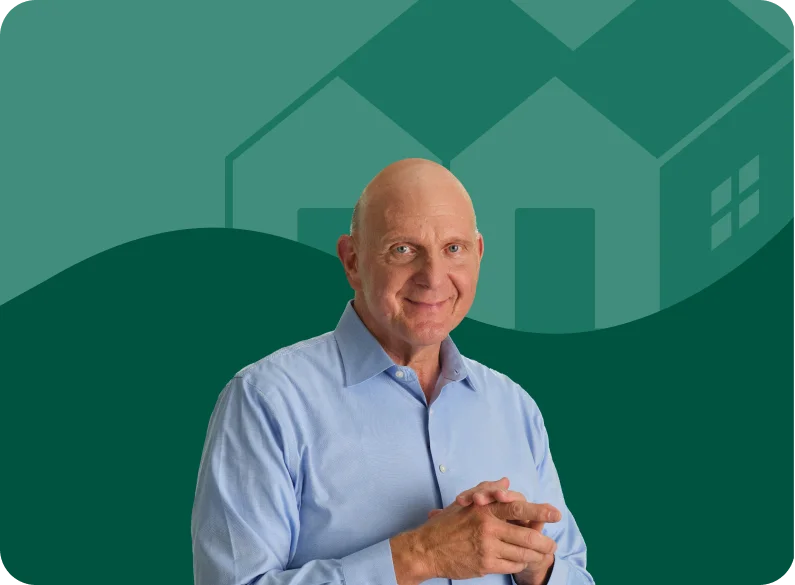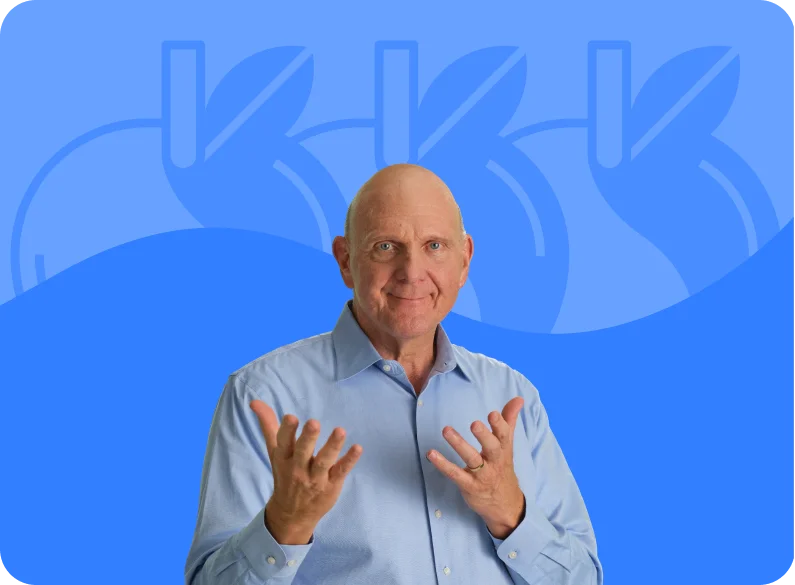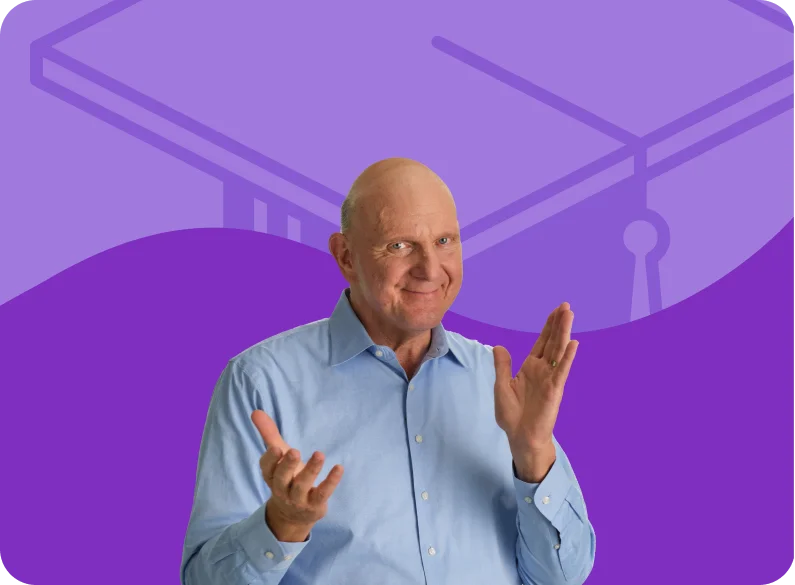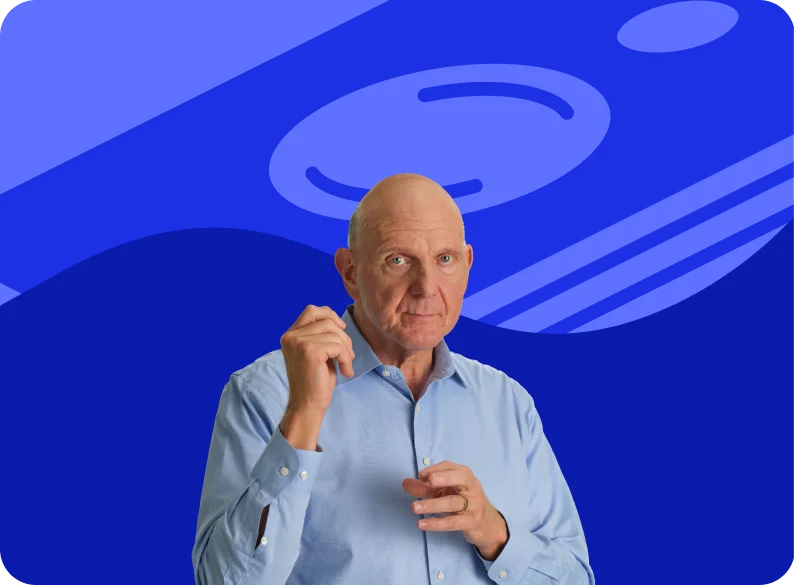JUST THE FACTS · 6:30M
1. What is poverty?
Interactive videobeta
October 14, 2025 · Everyone talks about the American dream, but not everyone has access to it. Welcome to “Just the Facts: Do You Qualify?” In this six-part series, USAFacts founder Steve Ballmer walks through government programs that give people support with food, housing, healthcare, and more. You’ll learn how these programs work, who they help, and what they cost. Do we do too much? Too little? Or just the right amount?
Interactive videosbeta
Just the Facts: Do You Qualify?
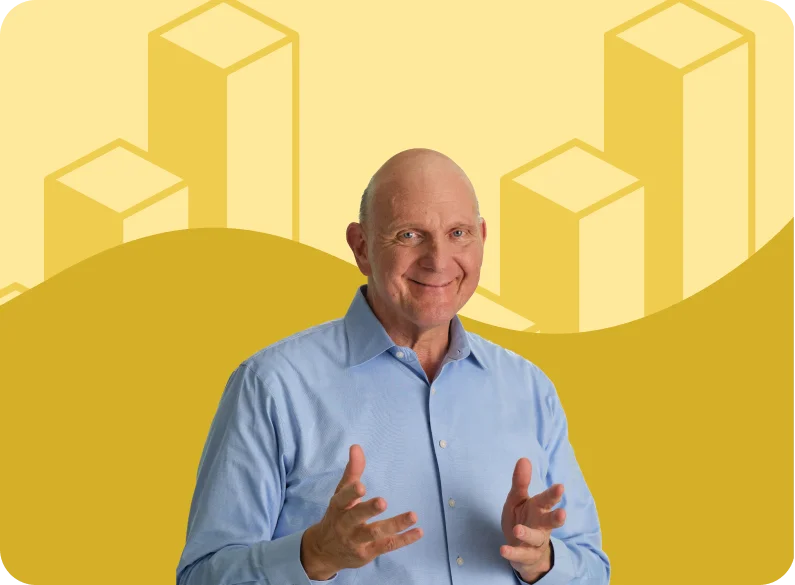
1. What is poverty?
(current video)
6m
Transcript
This is how we all start: cute little blobs. And there's a basic hope in America that everyone has a shot at living the American dream.
But that doesn't account for the fact that we all grow up in different circumstances, and for a whole host of reasons, people sometimes do not have the resources to access that dream.
Over time, we've developed a support system for people in less fortunate circumstances. But who actually receives government support? Possibly more people than you think.
I'm Steve Ballmer, former Microsoft CEO and a basketball fanatic. But more than anything. I'm a data guy. That's why I created USAFacts to bring you unbiased and nonpartisan government data on issues impacting the lives of Americans.
In this new series, I walk through programs that give support with food, with housing, with health care, education, and also provides people dollars to spend. I found this absolutely eye opening, and I think you will too.
Just the Facts. Do you qualify? A look at government support in America. A six part series from USAFacts.
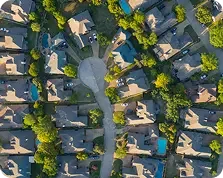
Some people receive support based on who they are, such as seniors and veterans. But other programs require people having an income that falls below a certain level to qualify. These are called means tested programs.
That is, programs designed to help individuals and families.
The income levels at which people qualify for means-tested programs are not the same.
In many cases, the federal government sets basic guidelines, but leaves it up to states to specify who exactly is eligible.
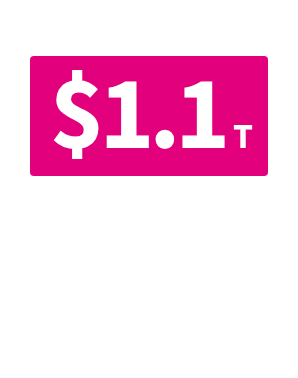
Most of those criteria are based on the official poverty measure. But that brings up a key question: how does the government define poverty?
The government uses a formula called the Official Poverty Measure. If your income falls below a certain threshold, you’re counted as living in poverty.
That line is based on the cost of a minimum food diet multiplied by three to account for other expenses. It does not account for other specific expenses, like housing or health care. It is adjusted for inflation, but the basic formula hasn’t changed since it was created in the 1960s."
The calculation does change though, based on the size of a family. But interestingly, it doesn’t account for any differences in cost of living in various places.
Each year, the Department of Health and Human Services (HHS) publishes poverty guidelines based on this formula. It did surprise me that the guidelines come from Health and Human Services, rather than the US Census, which collects all of that data.
These are used to determine eligibility for programs including SNAP, Medicaid, and Head Start, a preschool program for children from low-income families.
In 2025, the official poverty measure for a family of four was $32,150.
Earn less than that, and you’re officially considered in poverty.
Programs typically use the exact guideline or a multiple to determine eligibility.
For example, children are eligible for Head Start if they live below the poverty level."
But the rules are different for other programs. One wrinkle: states can set their own income limits for some of these programs. That means, depending on where you live, more or fewer people may qualify for any program.
How many Americans live below the official poverty measure?
Since 1965, the rate has ranged between 10% and 15%. In 2024, it was 10.6%, or 36 million people.
Children have the highest poverty rate of any age group, at almost 1 in 7 children. And this doesn’t include children who live with non- relative guardians, or in foster care.
Poverty rates also vary by race and ethnicity. Poverty rates are higher amongst Black Americans at 18.4%, Hispanic Americans 15%, and Native Americans 19.3%.
The non-Hispanic white population poverty rate is only 7.6%. However, non-Hispanic whites make up the largest share of those in poverty, about 40%, because they’re also the largest racial and ethnic group in the United States at 57.5% of our total population.
These programs exist to fill the gaps to support Americans’ basic needs. And support in one area of need, for instance for food, can free up for that family limited income to be used for other things.
In upcoming videos, we’re gonna dive deeper into these programs: how they work, who they help, and what they cost. Because understanding these programs isn't just about numbers. It's about explaining what support systems exist and letting you decide: Do we do too much, too little, or just the right amount?
Thanks for watching! And please share the entire series. Do you qualify? A look at government support in America? Subscribe to our newsletter at USAFacts.org and our YouTube channel.
At USAFacts, we give you the data, you make up your own mind. Stay tuned for the next episode: Healthcare.
Page sources and methodology
All of the data in this video was sourced directly from government agencies. The analysis and final review was performed by USAFacts.
US Department of Health and Human Services
Poverty Guidelines
US Census Bureau
Current Population Survey's Annual Social and Economic Supplement and American Community Survey
